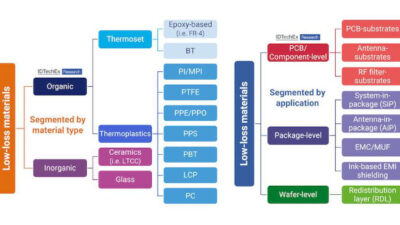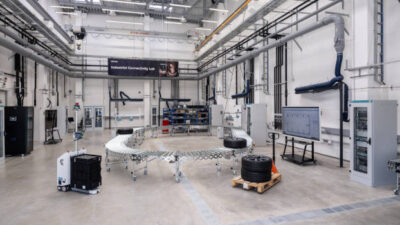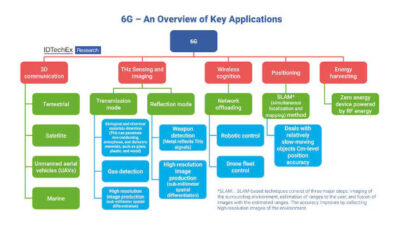Wireless data acquisition doesn’t automatically mean you’ll turn data into information to make better decisions, but automated, real-time data gathering beats manual data entry. Wireless can save up to 90% of wired network installation costs.

Are you sending people around your plant or facility with clipboards to gather information? Do they enter the data (sometime with errors) into your systems, or do the readings sit around, in binders, generally ignored?
Would it be more efficient to install a few sensors at key locations and transmit information into your control system? Then the control system can use the acquired data to make a decision, engage an actuator, and improve the process (closed-loop control), or give the real-time input to operators so humans can make smarter decisions to improve throughput, quality, regulatory compliance, or a host of other key performance indicators (KPI). Better data can lead to better information and better decision-making, for KPI improvements that can augment the bottom line and your salary or bonus.
In many manufacturing processes and facilities, certain data points are gathered by personnel making readings manually and recording on paper attached to a clipboard. Some data points, and some process measurements, just aren’t gathered regularly because it’s impractical, risky, or too costly to manually measure or transmit data points back to the control system because of the cost of trenching, conduit, or otherwise running power and signal wire to the location.
Technologies for wireless data transmission can overcome concerns about security, reliability, and cost, as Western Refining and Toyota manufacturing applications explain in this issue, with up to 90% capital cost savings compared to a wired installation. And that’s before quantifying the lifecycle benefits of an installation. Return on investment (ROI) for a wireless project is very short, merely by avoiding one personnel injury, one reportable regulatory incident, one line shutdown, or, perhaps, appropriately pricing one order based on real-time cost of production, as opposed to an estimated price resulting in a net loss.
At Toyota, the wireless automation gathers more information from each location, allowing employees to more accurately track levels and prevent an accidental, unlawful release of untreated water. At Western Refining, wireless allows plant personnel to react quickly to changing conditions and gather information they need to optimize processes.
These aren’t isolated examples. Providers of wireless industrial automation are seeing double-digit growth in sales of those product lines. World shipments of industrial products that are wireless-enabled are expected to grow from an estimated 1.2 million units in 2009 to more than 3 million in 2015, equating to an 18% compound annual growth rate, according to IMS Research.
Industrial customers are thinking again about using wireless data acquisition to make smarter decisions, more quickly. Gain competitive advantage; connect to these benefits wirelessly.
Mark T. Hoske
www.controleng.com/wireless has more wireless applications and tutorials.
Also read:
– Wireless helps with regulatory compliance: Toyota plant monitors detention ponds wirelessly
– Western Refining cuts wiring costs, improves performance; wireless with existing infrastructure



